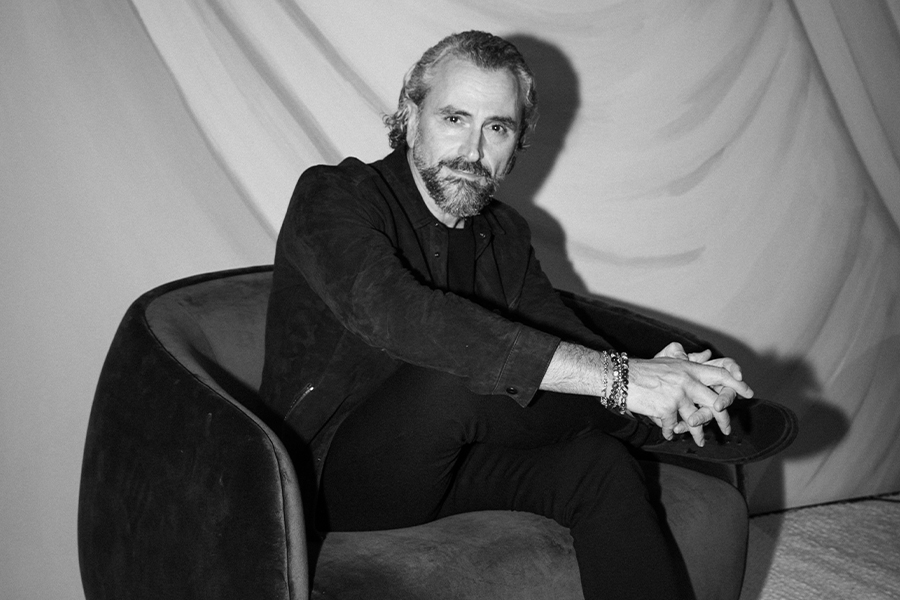“I believe that magic lies in the space between the yin and the yang, the seen and the unseen,” explains Magdalena Sartori of her design philosophy, which aims to “offer a direct experience of what it means to live in higher dimensional planes.” Sartori credits a nomadic and global life for her worldview, one that leans into the metaphysical and looks beyond the confines of the world around us. Much of her ideology is due to a fiercely independent mother, whom “I saw as some sort of mystical feminine figure with a strange mix of intellect and passion,” Sartori explains.
Born in Uruguay, Sartori spent her childhood between Paris and Geneva “raised in a somewhat unusual environment with a lot of freedom and very little structure, except for high expectations on my contribution to the world. I had no models to follow or social constructs to attach to, so I had to go out and find my own path,” she says. Some people would feel stricken by that power, but Sartori was liberated. “My mind was filled with different shapes, forms, and colors that I manifested initially through my drawings,” and later, her work as an architect. A master’s degree in real estate from Columbia University “ended up being the beginning of a long journey that took me into hospitality,” she says.
In fact, it led her to the Assemblage, where she was invited to manage the initial set up of the co-living, coworking, and social space by her business partner and the Assemblage founder Rodrigo Niño, who funded the project through his crowdfunding platform Prodigy Network. Sartori, who now serves as chief creative officer, advocates for the endless benefits of wellness, infusing each property with a spiritual “wokeness” that transcends the traditional conventions of designed spaces. “[It] was created and designed with the intention of deconstructing the way we live and work,” she points out, offering an experience that is more concerned with “how it makes us feel” than aesthetics. Each Assemblage property boasts intention alters at the entrance, wish walls in social areas, Ayurvedic food, and meditation rooms. Greenery is an integral part of the design—which is the handiwork of New York firm Meyer Davis—as is nature-inspired artwork, including mushrooms that grow up the stairwell walls.
The first location opened in 2017 in Manhattan’s NoMad neighborhood. The second, in New York’s Financial District, debuted earlier this year and took the concept to the next level with 79 hotel rooms stacked above the social and coworking floors. (Still to come is Park Avenue South, set to launch in 2019.) The entrance at the Assemblage John Street is Sartori’s version of Alice in Wonderland’s rabbit hole. Guests emerge from the moss-covered tunnel to the other side as if walking through a portal into a new dimension, a counterbalance to the frenetic energy of Wall Street. From the beginning, “the design process was very challenging, as we were still searching and defining our identity as a brand,” she says. “We had to let go and surrender into the process, and the moment we did that, we saw the Assemblage identity emerge almost magically. It was a real dialogue and a beautiful example of collaboration.”


